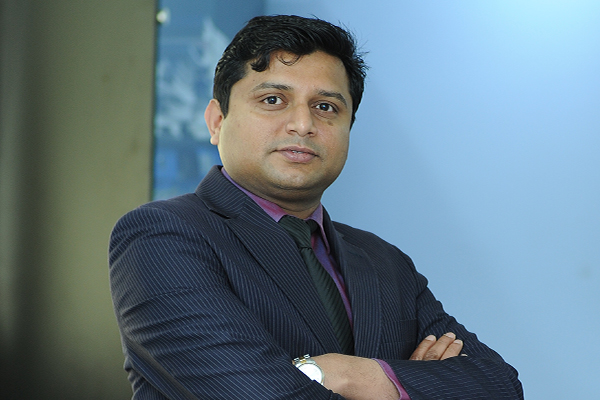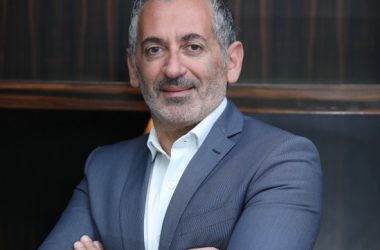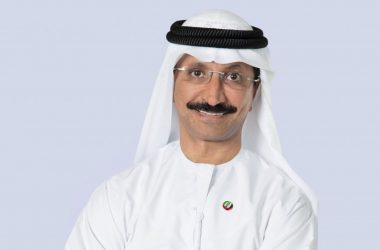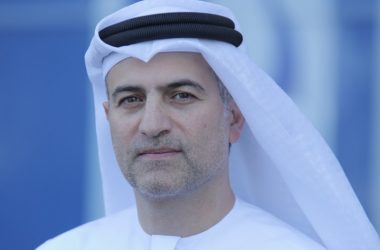
Kumar Prasoon observes a key theme throughout history, and the industrial revolutions that have defined the last few centuries.
“Over time, we’ve shifted from mechanisation, water and steam usage; to mass production and electricity; then to computing and automation, and now to cyber-physical systems,” he says. “Energy has underpinned this transition.” For Prasoon, Industry 4.0 success will be defined by the ways in which GCC retailer Al Safeer can manage its energy usage, and successfully use technology to deliver innovative, energy-driven processes that make use of the local environment.
Like any CIO, Prasoon’s technology plans are shaped by a need to increase efficiency and reduce operating costs. By the same token, Al Safeer is equally burdened with high energy costs, like any other large retailer, both in powering its IT infrastructure and physical retail space. “The misuse and overuse of energy is very costly,” he says. “Energy usage may not seem like a key consideration for the IT department, but TCO and power optimisation can be directly influenced by CIOs. It’s also an unavoidable fact that IT cannot survive for a second without energy. It’s my responsibility to automate administrative and repetitive tasks. All data processing, application and infrastructure monitoring and energy utilisation are things which we have to consider. Malls run on air conditioning, and data centres demand huge amounts of electricity.”
Prasoon is clear as to the technological elements that will be needed in order to transform these business cost centres. “You need pervasive connectivity, storage and analytics that can feed into industrial IoT systems,” he says. “The formula for success in the fourth industrial revolution is operational technology, information technology, ERP systems, government regulations and a strong WAN-to-cloud strategy. The Internet of Things will be game-changing. McKinsey believes the economic impact of IoT could be between $4-11 trillion by 2025, and I believe it has the potential to reduce 20-50% of maintenance costs across the board. It cuts across retail and other sectors; machine-to-machine WAN optimisation and cloud use cases will create new business models.”
As well as tackling the traditional tasks associated with the CIO role, Prasoon hopes to make use of local resources in order to help Al Safeer think outside the box. “A smart city is a combination of smart citizens, smart infrastructure and smart administration,” he says. “Energy is a major component of the infrastructure aspect, and it has to be optimised for the benefit of the community. Our vision is to use our existing infrastructure and energy to the fullest potential in order to optimise TCO.”
Along with his IT-driven vision for cutting Al Safeer’s energy costs, Prasoon has also explored ways that integrated systems can improve efficiencies across other areas of the business. Agricultural produce forms an integral part of Al Safeer’s sales, and Prasoon is considering alternative ways that Al Safeer can make its supply chain more efficient, while delivering fresher, lower cost fruit and vegetables that can be sold locally.
He has been particularly taken with hydroponics – a method of fertilising plants with mineral nutrient solvents such as fish waste or duck manure, instead of soil. The result is fresh, organic produce that is grown faster and with greater yield. What’s more, hydroponics is ideal for arid environments such as those experienced in the GCC.
“Bad weather jeopardises agricultural production,” Prasoon says. Land that is currently unused can be transformed to produce lots of vegetables. There are so many areas where barren land is unused for years. The aim has to be converting this land into an oasis of production via IoT.”
Prasoon has identified the backbone elements of this plan. “We need to use energy and IoT together,” Prasoon says. “We can use industrial systems, IoT and automation to produce organic vegetables. The challenge is powering production systems. With charged sensors and 100,000 plants in one area, you need to have smart monitoring and a smart telco network. Waste land and desert areas can be converted to hydroponics centres. The challenge is to convert barren land into urban land via IoT and automation.”





